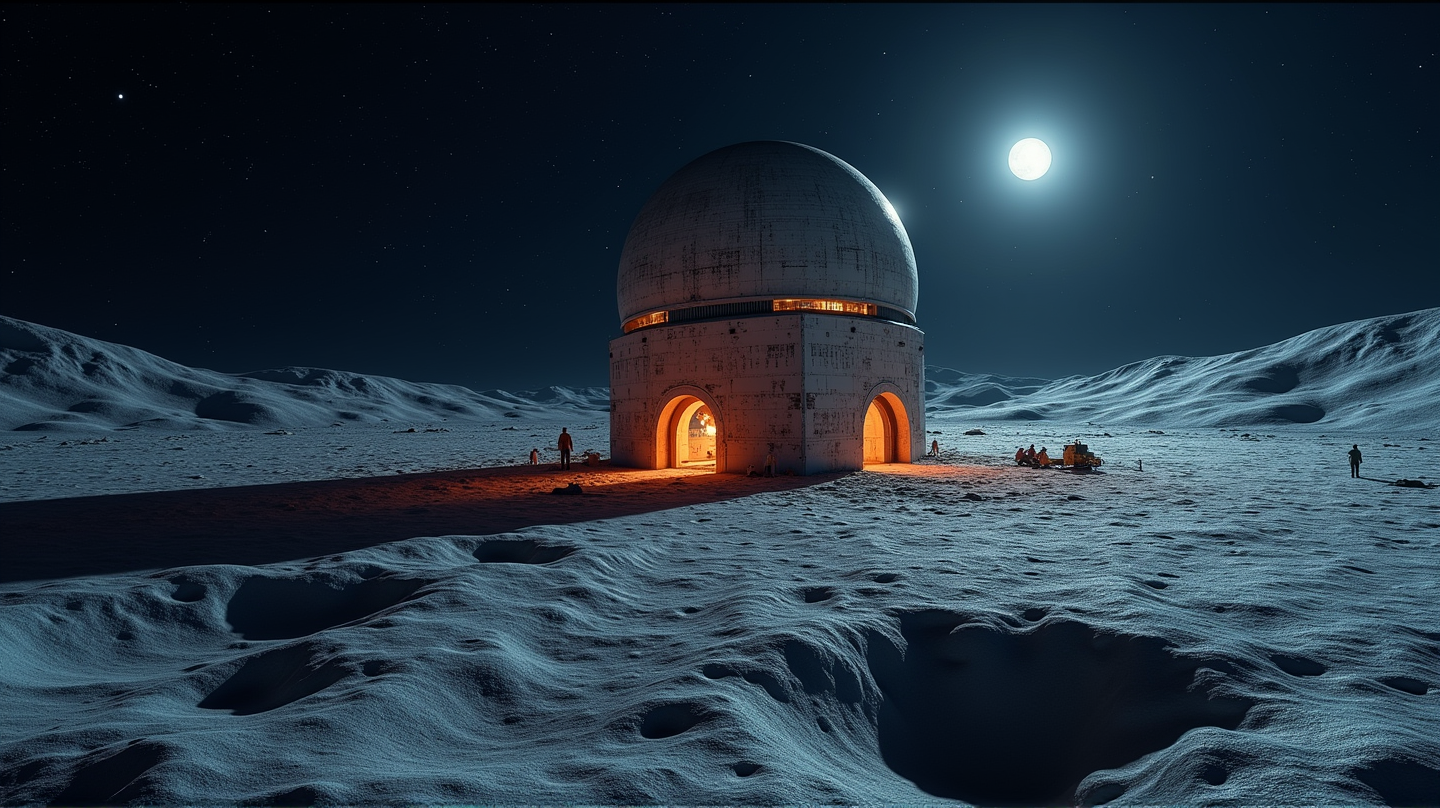NASA's Nuclear Leap: Powering the Moon and Beyond!
NASA plans to land a nuclear reactor on the Moon by 2030, paving the way for lunar bases and Mars missions, reigniting global space competition.

In a bold stride towards interplanetary exploration, NASA aims to deploy a 100-kilowatt nuclear reactor on the Moon by 2030. This ambitious plan is not just a technological marvel; it’s a significant step in maintaining the United States’ supremacy in the global space race against formidable rivals China and Russia.
A Bold Vision for Lunar Sustainability
NASA envisions a future where lunar bases thrive, independent of Earth’s constraints. The deployment of a nuclear reactor on the Moon is a critical move to overcome the challenges posed by the lengthy lunar nights, making solar power an unreliable option. As part of the Artemis program, this initiative seeks to establish a sustainable human presence on the Moon. According to OpenTools, this reactor will be pivotal in powering life support systems, scientific research stations, and the technology needed for deeper space missions.
Tackling Technical and Environmental Challenges
Crafting a reactor that can endure the Moon’s extreme conditions is no small feat. The design must be stealth, resilient, and capable of autonomously operating with minimal human intervention. From radiation and micrometeorite impacts to the severe temperature swings, engineers face a myriad of hurdles. The planned 100-kilowatt output is designed to support critical lunar operations, now a priority as the pressure mounts against budgetary limitations.
Geopolitics in Space: The Second Space Race
The ramifications of positioning a nuclear power source on the Moon extend beyond scientific achievement. With potential dominance over critical lunar resources like Helium-3, the stakes couldn’t be higher. Analyzing current efforts, deploying this reactor signifies strategic influence in a rapidly evolving space arena where sovereignty and resource control are key.
Public and Expert Reception
Public reactions range from excitement about this monumental step in humanity’s exploration endeavors to concerns about the nuclear hazards involved. Experts highlight the fine line NASA walks between innovation and safety, scrutinizing the feasibility of their timeline amidst financial constraints. There is an anticipation of how this stride will reshape economic, social, and political landscapes, spurring a wave of new opportunities and challenges.
Future Forward: Illuminating the Path to Mars
As NASA embarks on this groundbreaking journey, the moon reactor acts as a prototype for the future of space colonization. From potential high-stake geopolitical shifts to newfound interplanetary commercial markets, this endeavor sets the stage for the next chapter in human exploration. The move to support not only lunar bases but eventually Martian colonies is a testament to NASA’s enduring commitment to pushing the limits of what’s possible.

